It’s going to be the greatest technological revolution the world has ever known, and in its center lies Quantum Computing. The latter is entirely different from classical computing as it’s not based on binary systems, with a bunch of ones and zeros, but is actually grounded on mind-bending principles of quantum mechanics for the computation that had seemed impossible.
In this blog, we will unfold the mysteries of quantum computing, discuss applications, and explore potential challenges and breakthroughs ahead. Whether you are a technology enthusiast or just curious about the future, this is a comprehensive guide to illuminate the next big leap in computing technology.
What is Quantum Computing?
Quantum computing is one of the most revolutionary ways to perform computation, applying the principles of quantum mechanics. Its core idea rests on particles that can be in several states at the same time and are connected from distances.
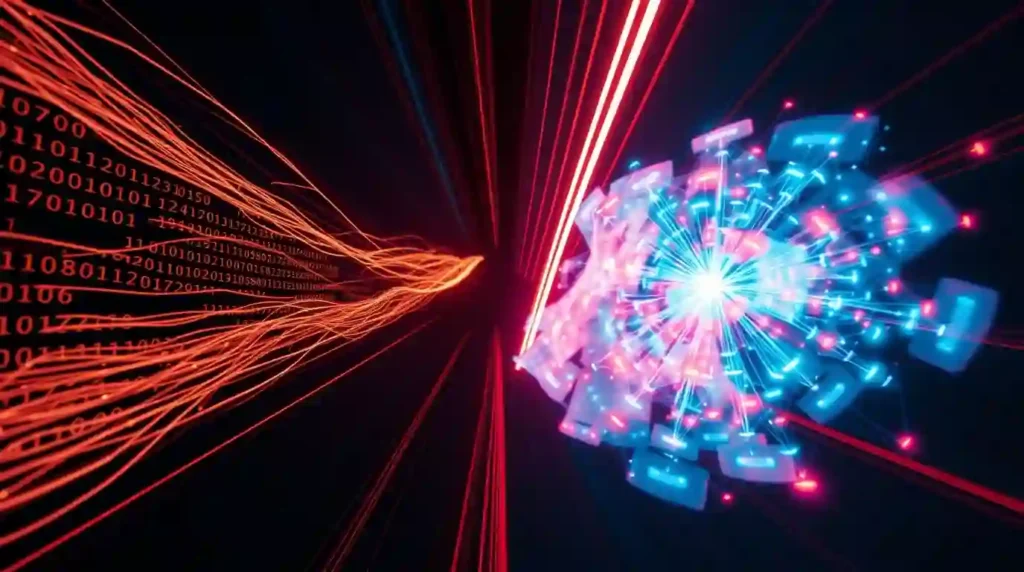
Key Concepts in Quantum Computing:
- Qubits (Quantum Bits): Unlike their classical bit counterparts, where they have to be in either one of the states 0 or 1, qubits can have a quantum superposition in both these states.
- Superposition: A qubit’s ability to be at many states simultaneously, exponentially increased computing power.
- Entanglement: A phenomenon when qubits become linked or interconnected, such that modifications made in one are effectively transferred to another, regardless of the distance between them
- Quantum Interference- Applied to enhance the amplitudes of correct answers and make incorrect ones cancel out
- This unique approach to a computer allows quantum computers to solve problems that are just impossible for classical systems.
How Does Quantum Computing Work?
Quantum computers compute using quantum circuits where qubits operate using quantum gates. Quantum gates operate on qubits controlling their states, thereby performing superposition and entanglement operations.
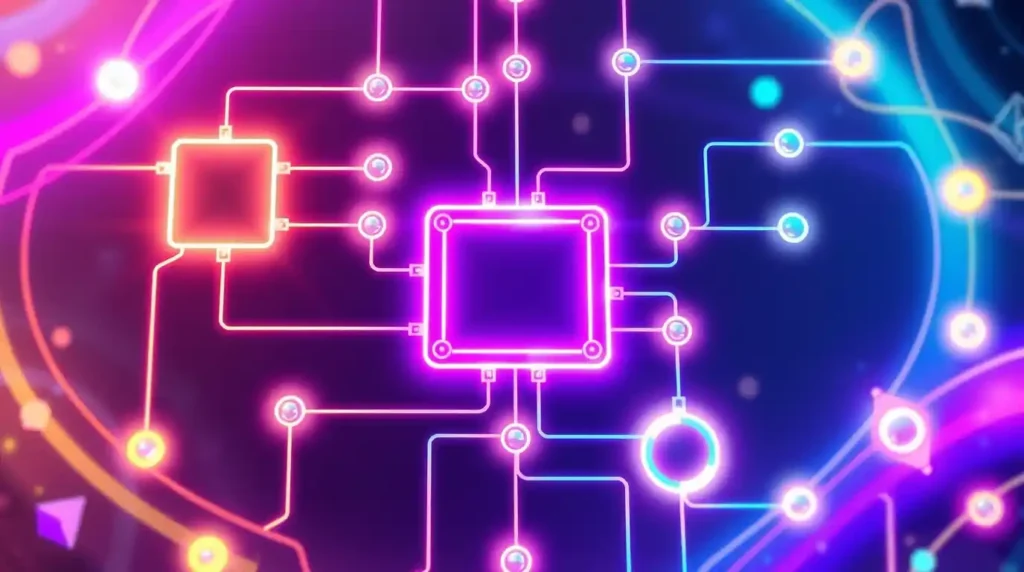
Steps of Quantum Computation:
- Initialization: Qubits are initialized to a superposition state.
- Quantum Gates: Operations are performed on the qubits for calculations
- Measurement: Quantum states undergo collapse into a definite state, resulting in a possible outcome.
- Unlike classical algorithms, which are serial in nature, quantum algorithms explore all possible solutions simultaneously and therefore run exponentially faster on certain tasks.
Applications of Quantum Computing
Quantum computing is not just theoretical wizardry-it can turn an industry upside down, and solve problems that would otherwise be unsolvable.
1. Cryptography
- There are both threats and opportunities to cybersecurity from quantum computing
- Threat: Traditional methods of encryption-whether it is RSA (based on the difficulty of factoring large numbers), could be accomplished in seconds by a quantum computer
- Opportunity: Quantum cryptography has the possibility of producing unbreakable encryption by use of quantum key distribution or QKD

2. Drug Discovery and Healthcare
- Quantum computing is the most accurate modeling of molecular interactions. Drug discovery and personalized medicine are accelerated.
- For example, it models the folding of proteins as a way of understanding diseases such as Alzheimer.

3. Financial Modeling
Financial systems are intrinsically complex and include many variables and uncertainties. Quantum computing can optimize portfolios and predict market trends much better.

4. Artificial Intelligence and Machine Learning
- Quantum computing enables artificial intelligence to accelerate analyzing more data and train better machine learning algorithms.
- Faster pattern detection. It can identify vast networks with ease.
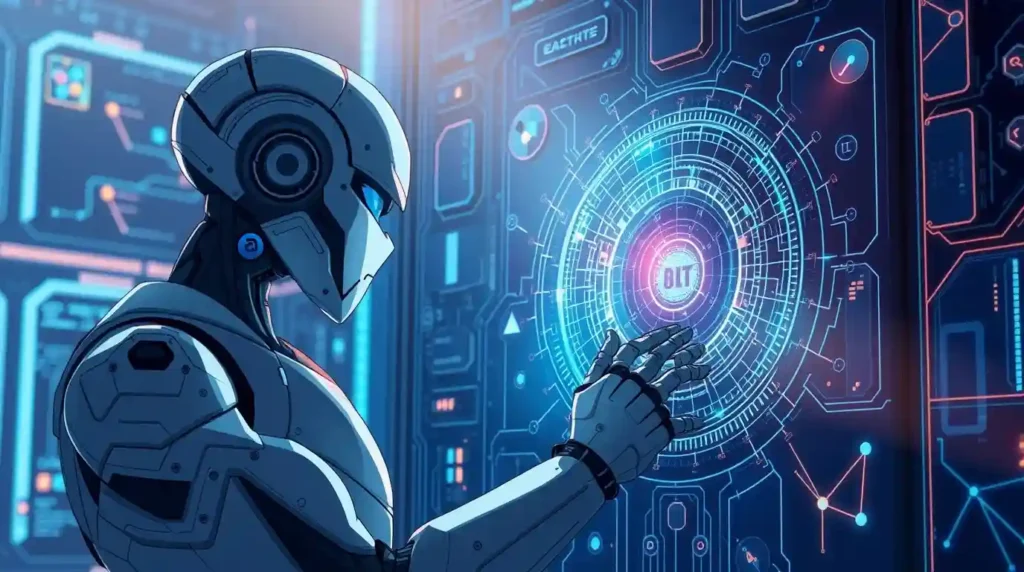
5. Optimizations
Logistical solutions and energy distribution best excel through quantum computers because the problem is optimized and not maximized.

6. Climate Modeling
Simulates large environmental systems to predict future scenarios, which can help identify effective strategies for mitigating changes within climates.

Quantum Computing vs. Classical Computing
Quantum computing will not replace classical computers but will complement them by handling specific, highly complex tasks.
| Aspect | Quantum Computing | Classical Computing |
|---|---|---|
| Data Unit | Qubits | Bits |
| Processing Power | Exponentially scalable with qubits | Limited to binary operations |
| Key Operations | Superposition, entanglement, interference | Boolean logic gates |
| Best Suited For | Complex simulations, optimization problems | Everyday computing, transactional tasks |
Challenges in Quantum Computing
Despite its massive potential, quantum computing faces a lot of barriers that need to be crossed before it goes mainstream.
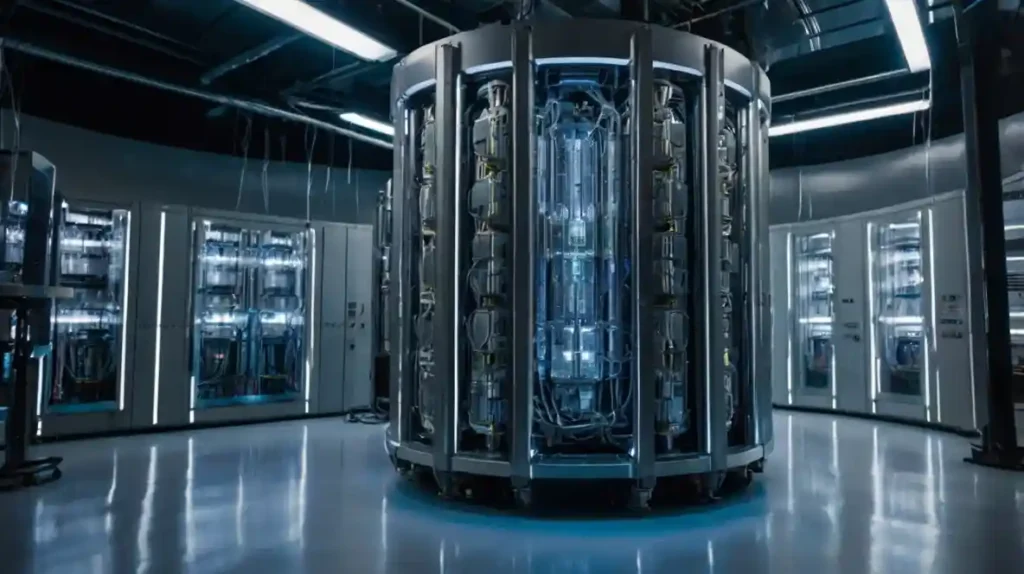
1. Error Correction
Quantum states are very fragile and prone to errors by environmental interference. Therefore, the development of strong error correction techniques is important.
2. Scalability
Constructing quantum computers with thousands or millions of qubits is a big challenge. The systems at present can only be made with dozens or hundreds of qubits.
3. Temperature Requirements
Quantum computers require extremely low temperatures, almost absolute zero to function, which makes it very expensive and complicated to keep.
4. Complexity in Programming
There is a different paradigm for quantum programming, and the lack of standard programming languages limits its accessibility.
5. Exorbitant Costs
Presently, building and maintaining quantum computers are too expensive to be accessible, which is restricted to large corporations and research institutions.
Key Players in Quantum Computing
There are a few companies and organizations in the lead when it comes to quantum computing research and development:
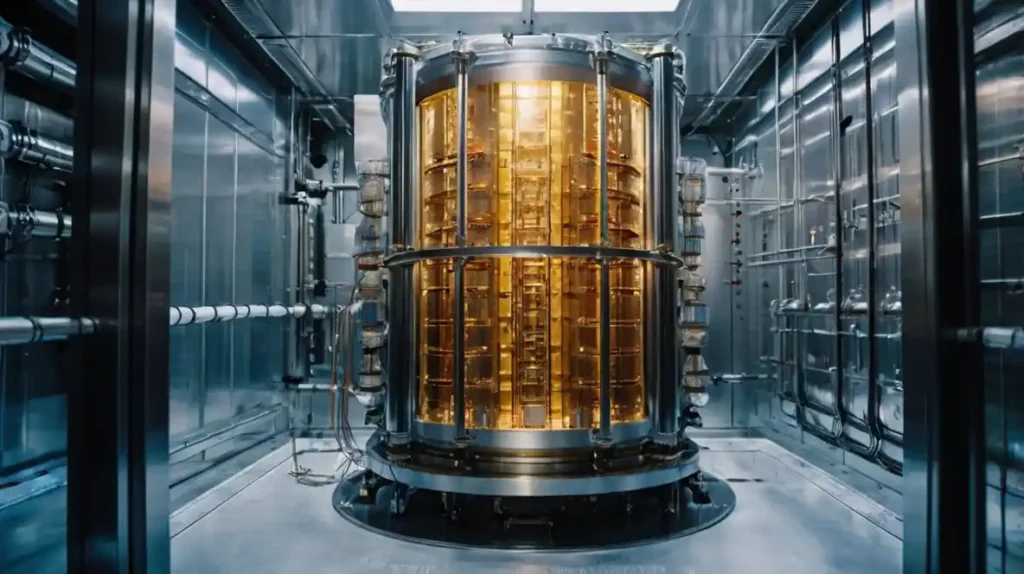
1. IBM Quantum
IBM has made quantum computers accessible via cloud, and with Qiskit, simplifies programming for quantum computers.
2. Google Quantum AI
Google’s Sycamore quantum processor has achieved “quantum supremacy,” a challenge from a problem solved in 200 seconds that would take 10,000 years for classical computers.
3. D-Wave
D-Wave is more narrow, focusing on quantum annealing.
4. Microsoft
Through Azure Quantum, it provides its customers with the capability of tools for researchers as well as developers towards making quantum ecosystems.
5. Rigetti Computing
They offer their customers Hybrid Quantum-classical computing that interfaces naturally into a large-scale, established computing infrastructural framework.
Future of Quantum Computing
The future of quantum computing promises much, and many expect breakthroughs in several areas:

1. Quantum Internet
A quantum internet would allow for ultra-secure communication through quantum entanglement, changing the way data is transmitted.
2. Commercial Applications
As quantum computers become more available, finance, healthcare, and logistics industries will be able to apply quantum solutions to their operations.
3. Quantum Cloud Computing
Cloud-based quantum computing platforms will democratize access, allowing smaller businesses and researchers to experiment with quantum algorithms.

4. New Materials Science
Quantum simulations could be going to discover new materials with extraordinary properties, i.e., superconductors and ultra-strong alloys.
Ethical Implications of Quantum Computing
The enormous power also poses ethical questions:
1. Security Risks
They might make current encryption completely useless, making sensitive information vulnerable to breach.

2. Technological Inequality
Access to quantum computing only being available to the rich nations and corporations could increase further the gap between technology and the rest of the world.
3. Misuse Potential
- As an evil means to create untraceable cyber-attacks.
- Addressing such challenges would require multilateral cooperation and the evolution of ethical standards for quantum technology.
How to Prepare for the Quantum Era
1. Learn the Basics
Understanding quantum mechanics and the principles of quantum computing is the first step. Some good starting points include IBM’s Qiskit tutorials and Google’s Quantum AI initiative.
2. Explore Quantum Programming
Get familiar with the quantum programming languages like Qiskit, Cirq, and Quipper to get ahead in this new field.
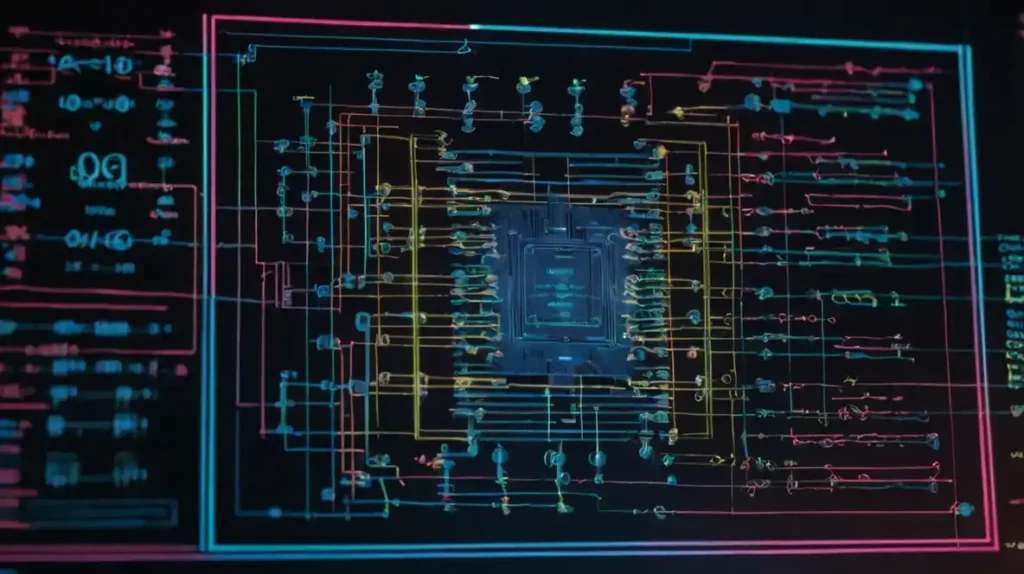
3. Stay Updated
Track the developments of leading quantum computing companies and academic institutions to understand the latest developments.
4. Consider Potential Applications
Identify how quantum computing could impact your industry and what opportunities are there for integration into your organization.
Google’s Quantum Leap The Willow Chip
A New Era of Quantum Computing
Google has once again revolutionized technology with its latest quantum computing breakthrough: the Willow chip. This new processor is a significant advancement in the field of quantum computing, promising to change industries from medicine to materials science.

What Makes Willow Special?
- Quantum Leap: Willow is a great leap forward in quantum computing, showing Google’s commitment to pushing the boundaries of technology.
- Error Reduction: It significantly cuts down errors as it scales up, a crucial step toward an actual practical quantum computer.
- Computational Powerhouse: Willow can do computation in minutes that would require supercomputers billions of years.
- Real World Potential: Google plans on using Willow to develop practical quantum algorithms for real-life applications, such as finding drugs and materials science.
- State-of-the-Art Fabrication: Willow chip is manufactured at Google’s facility in Santa Barbara, to assure best possible performance with highest integration of the component.
- 105 Qubits: Willow has 105 qubits, the units of quantum information.
- Longer Coherence Time: Qubits in Willow are long-lived, meaning the coherence times are longer so that they can hold the quantum information for a more extended period.
- Benchmark Performance: Willow has set new benchmarks in quantum computing, outperforming classical supercomputers on certain tasks.
Conclusion The Quantum Leap
Quantum computing is no evolution of classical computing. Rather, it’s a revolution which can transform industries, unlock complex global challenges, and present new frontiers of innovation. Challenges persist, yet progress made is a testimony to the transformative power of this technology.
With further horizons of what could be, Quantum Computing will redefine our attack on a problem and its creation, opening doors to limitless possibility.
Are you ready for the quantum revolution?
Macrotechy delivers the latest tech news and expert solutions, helping you stay updated and empowered in the fast-paced world of technology.
